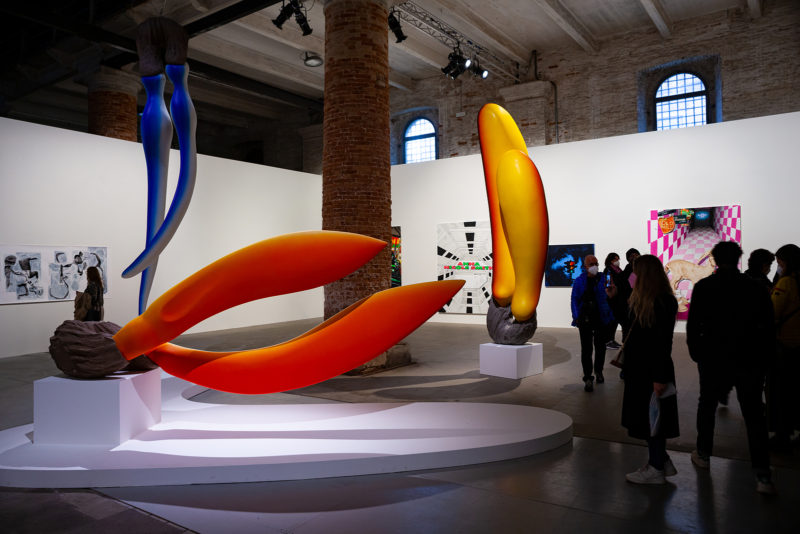At a glance, it seems as if sculptures and installations are the same things. Then, why is there a distinction between them so that we need two different names for both phenomena? The truth is that these two types of art are often confused, and there is usually a reason for that. In a nutshell, a sculpture can be a part of installation art, but not vice versa. So, what are those elements that make them unique in their own way? Let’s quickly get into it to find out!
The Complexity of Installation Art
To better understand how installations work, imagine that you see one in a public space. What you would usually encounter is an artwork consisting of several parts. More than that, the space around it might be one of the elements of the exposition to the extent that the project might feel incomplete or irrelevant without the prearranged surroundings. That’s actually what installation art is all about – the arrangement of several things that together become a work of art.
Such a display is almost always site-specific and exists when all its parts are present. Technically, if you want to organize one, you are not obliged to make things with your hands. By using different art mediums together, artists transform them into some sort of aesthetic concentration with its own special atmosphere.

The Completeness of Sculpture
As mentioned before, the sculpture might be included in installation art, but a single-standing marble Apollo can hardly be an installation on its own. Sculptors preserve all the energy inside their objects. That’s why a statue or monument doesn’t require any specific environment or other similar works nearby. That’s because they are “self-sufficient” and can enjoy their own companies without any help whatsoever. The only exception that pops into mind is a pair of sculptures, so if one misses, the other one might feel lonely.
And when you see a group of ceramic sculptures that together make more sense than separately, it might well be installation art, with sculpture being the main medium used by artists in the project.

To Sum It Up
Hopefully, the information above has answered your most common questions about the difference between these two types of art. Both movements are unparalleled and allow people to run through various gamuts of emotions, which is why it is important not to ignore one type in favor of the other before you form your opinion on each one.
